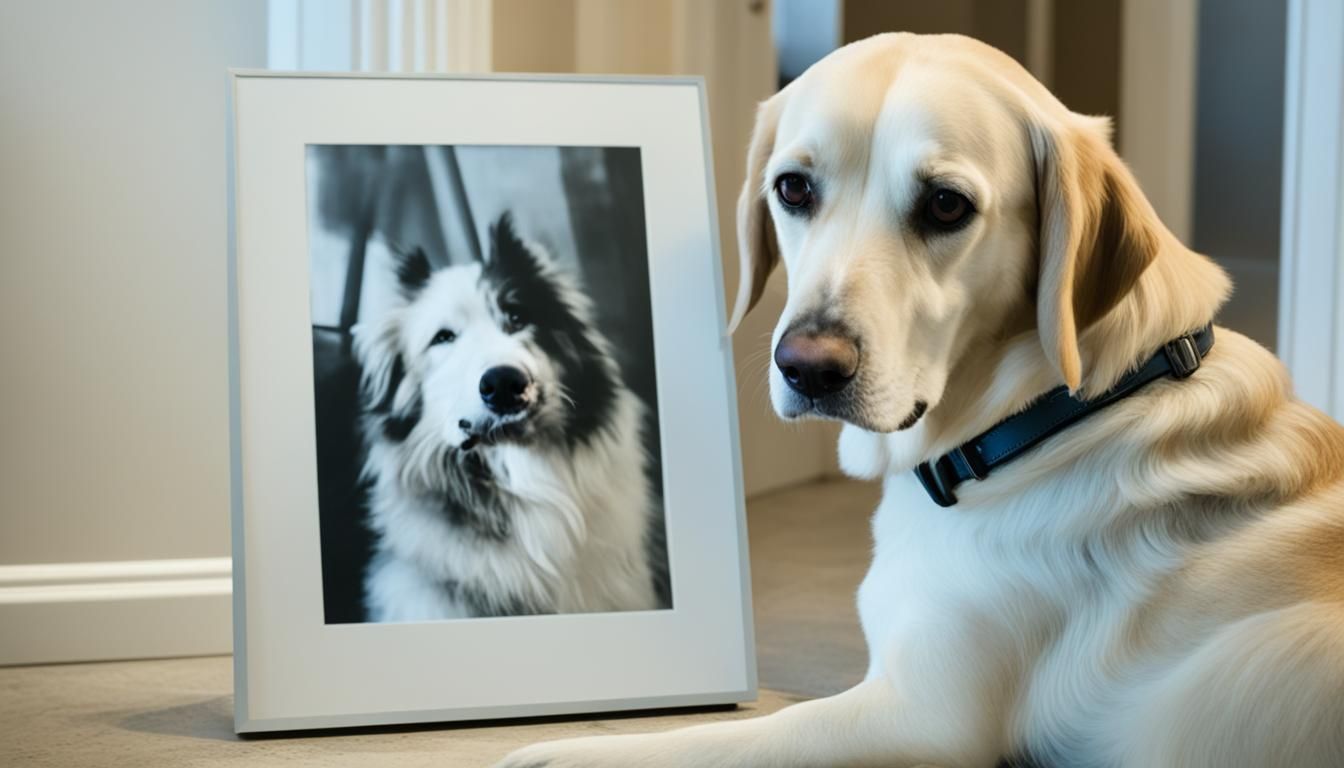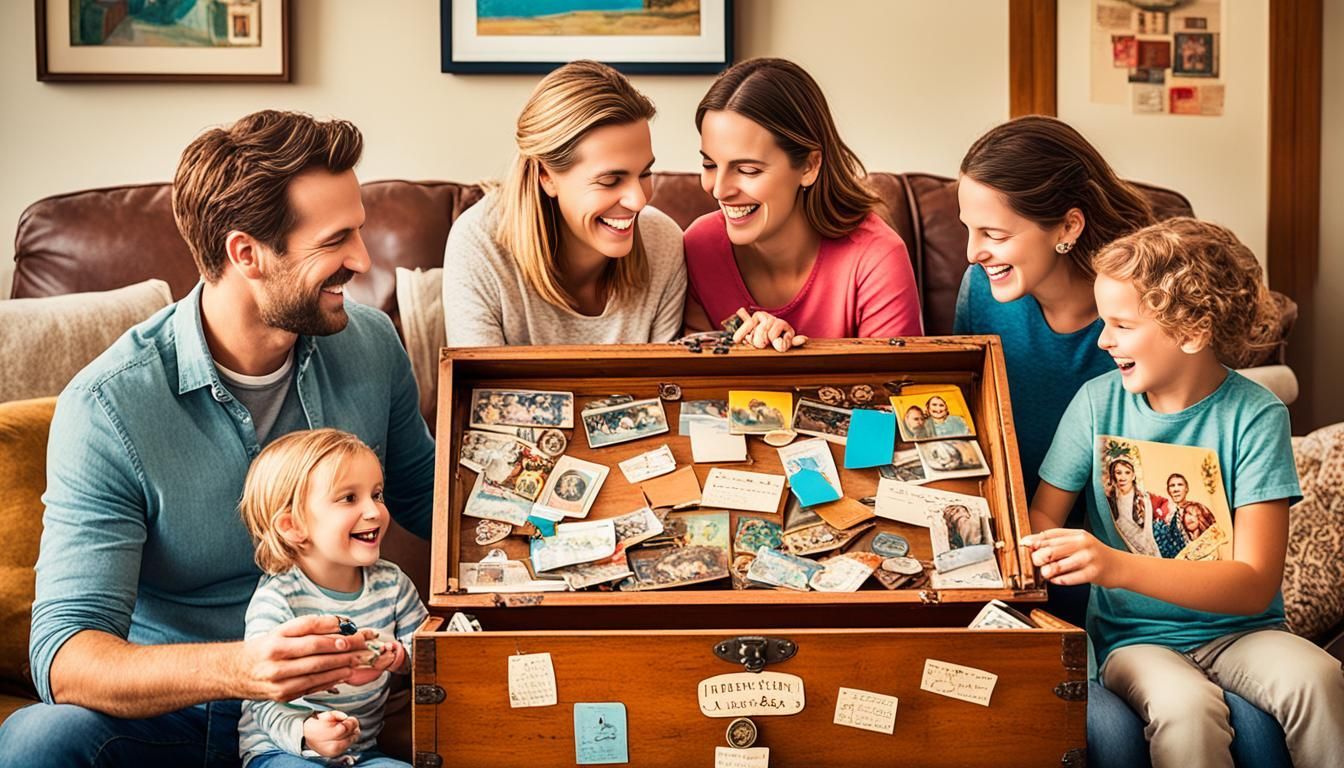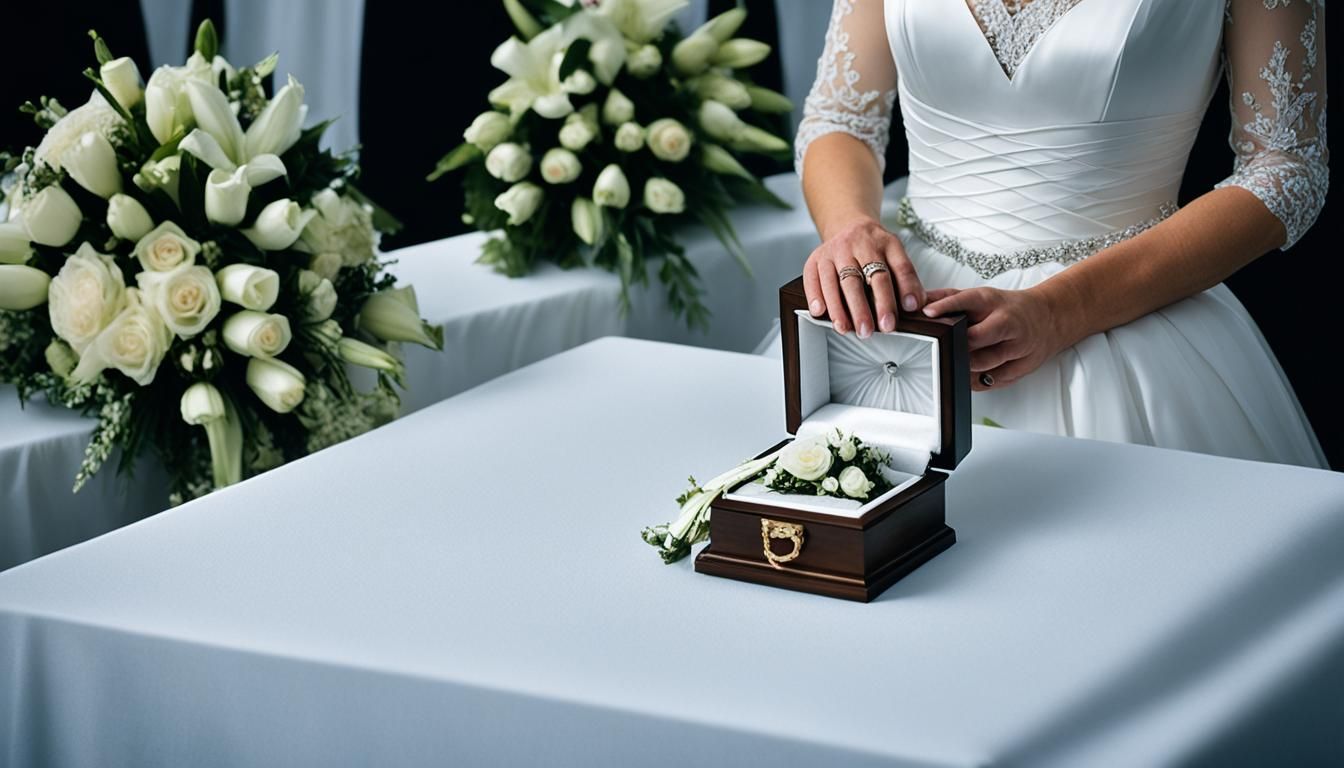Crafting Cemetery Markers: Process Revealed.
Crafting Cemetery Markers: Process Revealed.
Have you ever thought about how cemetery markers are created? Or why some last for a long time while others don't? The process of making these markers is a sign of the effort put into lasting memories. Making bronze grave markers is a precise task. It ensures the end result is special. This process begins when the order is received and ends when the product is ready to ship. Each step, from creating the proof to the final packaging, is key to honor the departed.
Key Takeaways
- Proof creation for cemetery markers typically takes 5-7 business days.
- Design build is completed within 1-3 business days to convert 2D art into 3D files.
- Machining can take up to two weeks due to the precision required for engraving.
- The finishing process, approximately one week, includes oxidation, painting, and curing.
- The Monumental Bronze Company operated from 1874 to 1914, highlighting a specific timeline for white bronze markers.
- White bronze markers varied in cost from $10.00 to $5,000.00, based on design complexity.
- The Monumental Bronze Company had branches in cities across the U.S. and Canada, showing their wide reach.
The Steps to Create Cemetery Markers: An In-Depth Look
Making cemetery monuments requires intricate work. Through important steps, we ensure the final product honors our loved ones forever.
Proof Creation
The first step is creating a proof, which takes about 5-7 business days. Designers create detailed proofs for clients to see their markers before they're made. It's important clients approve these visuals to move forward.
Design Build
With the proof approved, the design build phase starts, lasting 1-3 business days. Here, 2D art turns into 3D files. This is crucial for precise engraving later on.
Machining
In the machining step, various drill bits engrave the cemetery markers . CNC machines do this with great accuracy, following the designs closely. For some older markers, artisans might use a hammer and chisel.
Finishing
The finishing phase, taking about a week, includes oxidation, painting, and more. These steps make sure the marker lasts long and looks good. It involves using rotating heads to polish the granite.
| Steps | Duration | Details |
|---|---|---|
| Proof Creation | 5-7 Business Days | Visual representation and client approval |
| Design Build | 1-3 Business Days | Conversion of 2D art into 3D files |
| Machining | Variable | Precision engraving with CNC machines |
| Finishing | About a Week | Oxidation, painting, powder coating, and curing |
Packaging and Shipping
Finally, we pack and ship the marker. It's wrapped carefully to avoid damage. Protecting the marker well is crucial for delivery.
Learning how cemetery markers are made shows the dedication in each step. From beginning to end, each part is key to creating a lasting tribute to loved ones.
How Cemetery Markers Are Made: Materials and Techniques
Cemetery markers are made with care using bronze and granite. These materials last a long time and let people personalize tributes.
Bronze Grave Markers
Bronze is popular for its beauty and lasting quality. Making bronze grave markers includes a few important steps:
- Sand Casting: This method uses sand molds for pouring melted bronze, capturing every detail.
- Direct-to-Metal Machining: A precise engraving technique developed by Trigard Memorials in 2001.
- Finishing Processes: These steps, which include oxidation and hand-finishing, ensure durability and beauty.
These techniques help bronze grave markers stay beautiful and meaningful over time.
Granite Headstones
Granite is another top choice for memorials. It's known for its beauty and toughness. Making granite headstones involves steps like:
- Quarrying and Cutting: The process starts by getting granite blocks and slicing them into slabs.
- Shaping and Polishing: Then, the slabs are shaped and polished until they shine.
- Engraving: Even though laser engraving is rare, there are both old and new ways to personalize the stone.
The beauty and custom options of granite headstones make them a great choice to remember loved ones by.
| Material | Common Methods | Durability |
|---|---|---|
| Bronze | Sand Casting, Direct-to-Metal Machining | High |
| Granite | Quarrying, Shaping, Polishing, Engraving | Very High |
Conclusion
Cemetery markers are important. They offer a place to remember loved ones for generations. The process of making these markers is detailed and combines art with technology. Each step makes sure the markers properly honor our loved ones.
However, making markers from granite, marble, and bronze affects the environment. These materials need quarrying, mining, and a lot of energy. This fact shows why we need to be sustainable in everything we do, even in how we say goodbye.
In places like Saddle Brook, NJ, cemeteries now have eco-friendly options for markers. These include local stones, recycled glass, and even native plants. These choices help lessen our environmental impact. More people are choosing these sustainable ways to remember their loved ones.
At Miller Funeral Home, we value the craftsmanship in cemetery markers. Markers can be upright headstones, flat markers, or ledger stones. Choosing a marker is personal. It should show the unique personality of the person who has passed away.
Consider things like the cemetery's rules, your budget, and personal beliefs when choosing. Knowing about eco-friendly options can also guide your decision. This makes sure our choices honor our loved ones and the planet. We take pride in creating lasting tributes.
FAQ
How are cemetery markers made?
Making cemetery markers includes several steps. It starts with designing and creating a proof. Then comes designing, machining, finishing, and finally, packaging and shipping. Every step is key to making sure the marker is durable and well-crafted.
What is the cemetery marker production process?
The process begins with an order and proof creation. After the proof is okayed, we start designing. We turn 2D designs into 3D files for machining. Then, the marker is machined, finished, and packaged with care.
It's shipped to arrive safely and without damage.
How long does proof creation take?
Creating a proof takes about 5-7 business days. Our designers strive to create realistic proofs. This helps clients see how their markers will look.
What materials are used in crafting gravestones?
We mainly use bronze and granite for gravestones. Bronze markers come in cast or commercial bronze, each with distinct features. Granite offers durability and various patterns. Techniques like laser etching add a personal touch.
How are bronze grave markers made?
For bronze markers, we use cast or commercial bronze. Cast bronze is poured into molds. Then, it goes through detailed finishing. Commercial bronze markers are precisely engraved with CNC machines.
What is involved in the finishing stage of cemetery marker creation?
The finishing stage takes about a week. It includes oxidation, painting, powder coating, and curing. These steps are vital for the marker's long-lasting appeal and strength.
How is quality ensured during the packaging and shipping of cemetery markers?
We carefully package markers to avoid damage during shipping. We focus on protecting the corners. This ensures the marker arrives in perfect condition.
How does the design build stage work?
In the design build stage, 2D art is turned into 3D files for CNC machines. This takes 1-3 business days. It's crucial for accurate machining of the marker.
What are the benefits of granite headstones?
Granite headstones last long and show unique patterns. Laser etching lets us personalize them with detailed designs.
What role does CNC machining play in headstone manufacturing?
CNC machining is key in making bronze markers. It carves designs with drill bits controlled by computers. This ensures the final product is of high quality and consistent.
Source Links
- https://www.trigardmemorials.com/blog/how-long-does-it-take-to-make-a-bronze-grave-marker/
- http://www.mountolivethistory.com/stories-in-stone-blog/white-bronze-markers
- https://www.headstonehub.com/blog/all-about-cemetery-lettering-and-engraving
- https://suncitygranite.com/how-is-a-headstone-monument-made/
- https://www.trigardmemorials.com/blog/how-are-bronze-grave-markers-made/
- https://fairlawnmemorialcemetery.com/the-environmental-impact-of-modern-grave-markers
- https://bakerviewmemorial.ca/different-types-of-memorial-markers-guide










